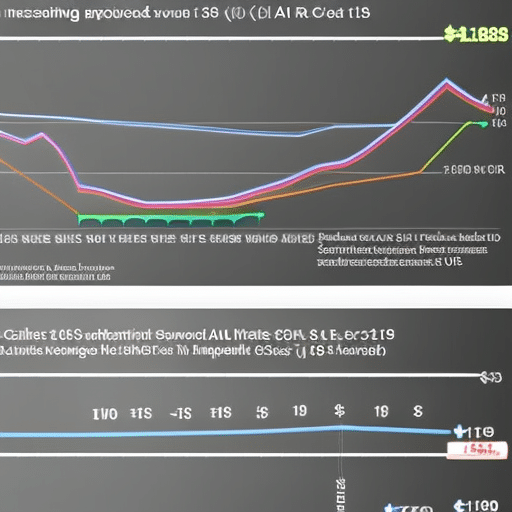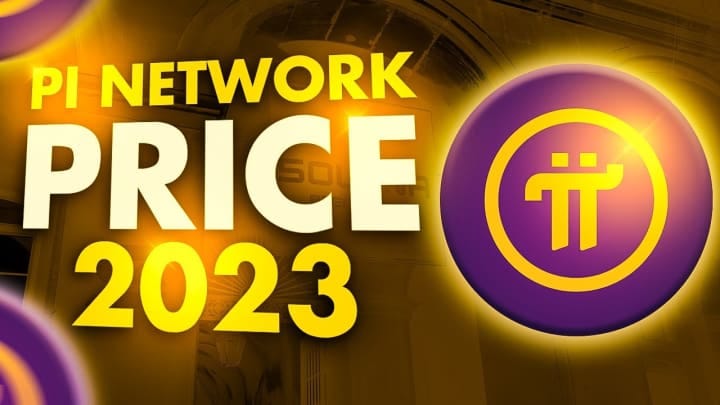Pi Network Vs. Dogecoin: Which Is The Better Investment?

Executive Summary

Choosing between Pi Network and Dogecoin as an investment requires careful consideration of their vastly different characteristics. Dogecoin, a meme-based cryptocurrency, boasts established market presence and liquidity, but its value is highly volatile and driven largely by speculation. Pi Network, on the other hand, is a nascent cryptocurrency still in its development phase, promising a more accessible and user-friendly experience but carrying significantly higher risk due to its untested nature and lack of widespread adoption. This comparison analyzes both cryptocurrencies, weighing their potential, risks, and long-term prospects to help you make an informed investment decision. Ultimately, the “better” investment depends entirely on your individual risk tolerance, investment horizon, and understanding of the cryptocurrency market.

Introduction
The world of cryptocurrency offers a dizzying array of options, leaving many investors unsure where to place their bets. Two names frequently cropping up are Pi Network and Dogecoin. While both operate within the decentralized digital currency landscape, they represent vastly different approaches, stages of development, and levels of risk. This detailed comparison aims to dissect the strengths and weaknesses of each, providing you with the insights needed to navigate this complex investment territory and make a sound decision that aligns with your financial goals. Remember, any investment carries risk, and cryptocurrency investments are particularly volatile. Always conduct thorough research and only invest what you can afford to lose.
Frequently Asked Questions
-
Q: Is Pi Network a scam? A: While Pi Network’s legitimacy is debated, it’s not definitively classified as a scam. However, its value is currently zero, and its future success is uncertain. Proceed with extreme caution and consider it a high-risk investment.
-
Q: How can I acquire Pi Network? A: Pi Network is primarily mined through a mobile app. This mining process requires minimal energy and effort, contributing to its accessibility but also raising concerns about its long-term sustainability and value.
-
Q: What are the biggest risks associated with investing in Dogecoin? A: Dogecoin’s price is extremely volatile, subject to rapid and significant fluctuations driven by social media trends and speculative trading. Its lack of underlying utility beyond meme culture makes it a highly risky investment.
Pi Network’s Technology and Development
Pi Network distinguishes itself through its purportedly user-friendly mobile mining process. The network aims to make cryptocurrency accessible to a wider audience, simplifying the technical hurdles often associated with mining. However, this ease of access also raises concerns about the network’s scalability and long-term sustainability.
-
Accessibility: Pi Network emphasizes ease of use, making it attractive to newcomers intimidated by the complexities of traditional crypto mining. However, this accessibility could also lead to network overload in the future.
-
Mobile Mining: The unique mobile-first approach lowers the barrier to entry for potential miners. But questions remain about the actual computational power contributed and its impact on the network’s security.
-
Stellar Consensus Protocol (SCP): Pi Network leverages a consensus protocol designed for scalability and efficiency. But its effectiveness and security remain to be fully tested and proven under pressure.
-
Planned Mainnet Launch: The planned transition to a mainnet is a critical step, determining the network’s maturity and future prospects. However, delays and uncertainties are inherent in this process.
-
Ecosystem Development: The development of a robust ecosystem, including decentralized applications (dApps) and services built upon the Pi Network, is essential for its long-term success. However, this is still in its early stages.
-
Transparency and Community: The project’s transparency and the engagement of its community are vital factors. Strong community involvement can foster growth and adoption.
Dogecoin’s Market Position and Volatility
Dogecoin’s success story is largely intertwined with its meme-driven origin and social media popularity. Its decentralized nature and readily available exchange listings give it a certain level of market liquidity. However, its lack of fundamental value proposition beyond its playful image makes it highly susceptible to market swings.
-
Market Liquidity: Dogecoin’s established presence on major cryptocurrency exchanges ensures relatively easy buying and selling. But the ease of trading also fuels speculative bubbles.
-
Volatility: Dogecoin is infamous for its dramatic price fluctuations, often driven by social media trends and influencer activity, making it a high-risk, high-reward investment.
-
Community Support: A large and active community surrounding Dogecoin can boost its popularity and trading volume. But this fervent community can also be prone to unpredictable shifts in sentiment.
-
Lack of Intrinsic Value: Dogecoin’s lack of a defined use case beyond its meme status poses a significant long-term risk. Its value is primarily speculative.
-
Acceptance and Adoption: While some merchants accept Dogecoin, its widespread adoption is still limited. A larger merchant acceptance network could bolster its value.
-
Technological Limitations: Dogecoin’s underlying technology is relatively simple, potentially limiting its scalability and functionality compared to more sophisticated cryptocurrencies.
Regulatory Landscape and Legal Considerations
Both Pi Network and Dogecoin operate in a regulatory environment that’s still evolving. Understanding the legal aspects and potential risks is crucial.
-
Regulatory Uncertainty: The cryptocurrency market is subject to changing regulations globally. This uncertainty could impact the value and accessibility of both Pi Network and Dogecoin.
-
Tax Implications: The taxation of cryptocurrency transactions varies widely based on jurisdiction. Investors should consult with tax professionals to understand their specific tax obligations.
-
Legal Status: The legal status of cryptocurrencies differs from country to country. Investors should be aware of the laws governing cryptocurrency in their region.
-
Security Risks: Both networks face inherent security risks associated with digital assets, including hacking and theft. Investors should prioritize secure storage practices.
-
Scams and Fraud: The cryptocurrency space is susceptible to scams and fraudulent activities. It’s essential to conduct thorough due diligence before investing in any cryptocurrency.
Investment Strategies and Risk Tolerance
Before investing in either Pi Network or Dogecoin, it’s crucial to assess your personal investment strategies and risk tolerance.
-
Risk Tolerance: Dogecoin presents a much higher risk profile due to its extreme volatility. Pi Network, while potentially less volatile, presents a different kind of risk associated with its untested nature and lack of market validation.
-
Investment Horizon: A long-term investment horizon may be more suitable for higher-risk, higher-reward investments like Dogecoin, but only if you are prepared to withstand substantial price drops. For Pi Network, a long-term perspective is almost mandatory due to its current state.
-
Diversification: Diversifying your investment portfolio across different asset classes, including cryptocurrencies, is generally recommended to mitigate risk.
-
Due Diligence: Thorough research and due diligence are paramount before investing in any cryptocurrency. Understand the technology, the team behind the project, and the potential risks involved.
Conclusion
Choosing between Pi Network and Dogecoin is a highly personal decision, hinging on individual risk tolerance, investment goals, and understanding of the cryptocurrency landscape. Dogecoin, despite its established market presence, remains exceptionally volatile and lacks fundamental value beyond its meme-based appeal. Pi Network, while promising accessibility, is still in its nascent stages, carrying significant risks associated with its unproven technology and lack of market adoption. Ultimately, neither option guarantees significant returns, and both present unique challenges and uncertainties. Prudent investors will meticulously weigh the potential rewards against the substantial risks before committing any capital to either cryptocurrency. Remember, any investment in cryptocurrency carries a significant level of risk, and you should only invest what you can afford to lose.


